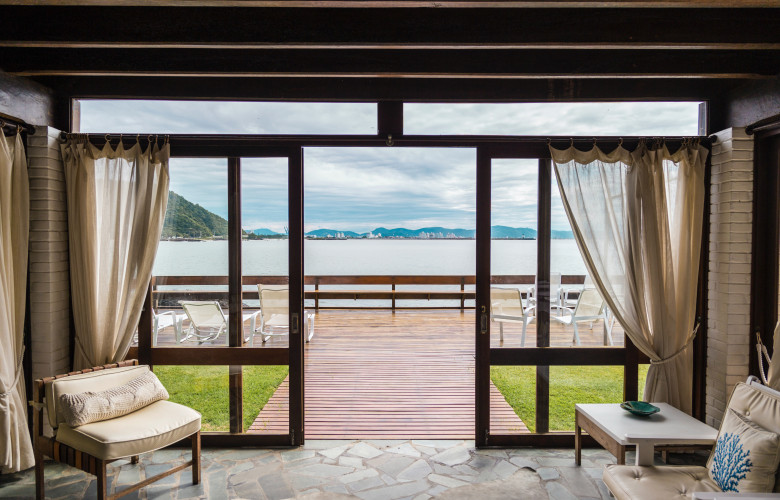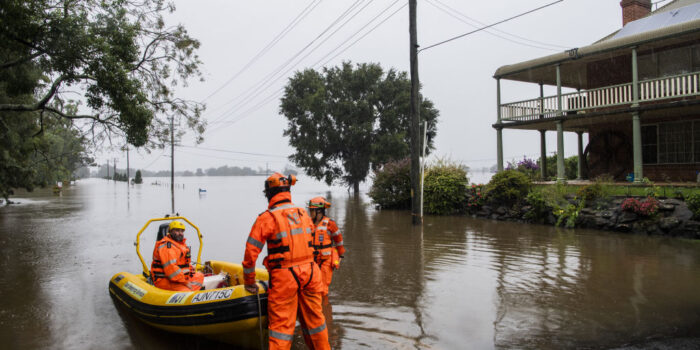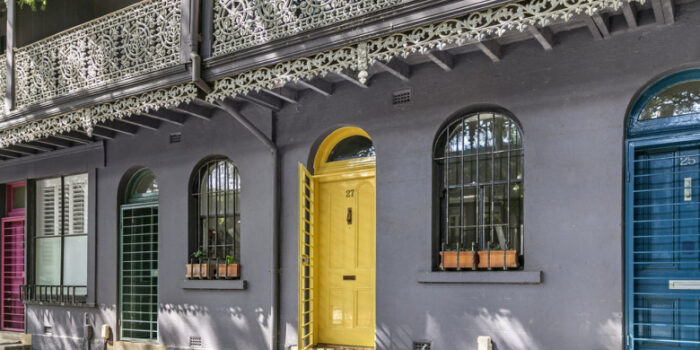Prestige property has been a major beneficiary of the COVID-induced market and is expected to continue throughout 2021 according to John McGrath. – Story The Real Estate Conversation
Prestige property has been a major beneficiary of COVID-induced market dynamics and has seen a strong bounce in demand which has driven up prices and should continue to do so throughout 2021.
The family home is clearly being seen not only as a home but also a work environment and importantly, a ‘safe haven’ in the event of similar scenarios in the future.
During the lockdown, young people were schooled at home while their parents not only worked at home but vacationed at home because they couldn’t travel. This created a heightened desire for better quality residences and record low-interest rates have allowed prestige buyers to upgrade with ease.
There is strong demand for large lots that provide plenty of outdoor space, as well as resort-type properties that provide a lifestyle at home, with tennis courts and waterfront positions (usually with boating facilities) attracting an increased price premium in 2020, according to Knight Frank research.
We are seeing a migration out of the city to coast and country locations, particularly among those who can now work from home, as well as a large number of people upgrading within their home towns.
According to Knight Frank’s Prime Residential Q4 2020 Review, the volume of prestige sales on the East Coast increased significantly during the pandemic, up 73% in Sydney, 25% in Melbourne and 22% in Brisbane in the 12 months ending September 2020.
Prestige prices rose 2.3% in Sydney and are forecast to grow a further 3% by the end of 2021. Prices went up 1.1% in Brisbane and are predicted to grow 2% this year. Even Melbourne’s prime prices went up, although by a small margin of 0.3%, with another 1% growth expected in 2021.
Prestige rents also rose during the pandemic, led by Brisbane at 5.7% and likely a reflection of southern city buyers ‘trying before buying’. Prestige rents increased by 2.3% in Sydney and 0.9% in Melbourne.
This year’s economic recovery, which is widely anticipated to be relatively strong; and record low interest rates are giving prestige buyers the confidence to invest more capital in their homes.
Those not financially impacted by the pandemic are generally in a stronger position than they were two years ago due to paying down debt, so affording an upgrade is even easier.
An interesting change in our market is the rising prevalence of young tech entrepreneurs buying grand estates much earlier in their lives than previous generations of successful business people.
Technology and globalisation is allowing them to make big money quickly, which is giving them bigger budgets and this is contributing to growing prestige property prices in Australia’s best suburbs.
A prime example is the first $100 million sale in Australia, which occurred in 2018 in Double Bay, Sydney. The buyer was Mike Cannon-Brookes, the co-founder of software company, Atlassian.
Another strong trend is the rising number of wealthy migrants choosing to buy a primary or secondary residence here. Australia is currently the No 1 country chosen by the world’s migrating high net worth individuals (HNWIs), who are defined by wealth research house, New World Wealth as having $USD1 million+ in net assets.
Latest data shows a net inflow of 12,000 HNWIs into Australia in 2019. Sydney was the No 1 city favoured by HNWIs worldwide, followed by Geneva and then Melbourne.
Australia’s wealth per capita has grown more strongly over the past 20 years than the US and UK, up 220% compared to 150% in the US and 110% in the UK. Strong migration has contributed to this, with 90,000 of the globe’s HNWIs moving to Australia between 2000-2020.
Locally-based prestige buyers certainly have the advantage right now, with expats, intending immigrants and overseas investors all effectively locked out of the market due to border restrictions.
Once these restrictions are lifted, we will undoubtedly see a significant uplift in new buyers entering the market, which should keep prices rolling strongly over the next few years.
The views expressed in this article are an opinion only and readers should rely on their independent advice in relation to such matters.



